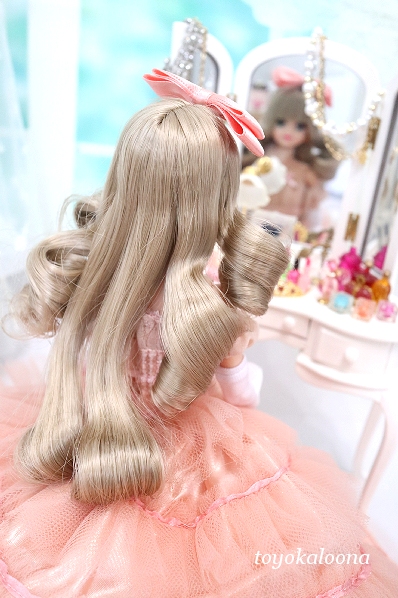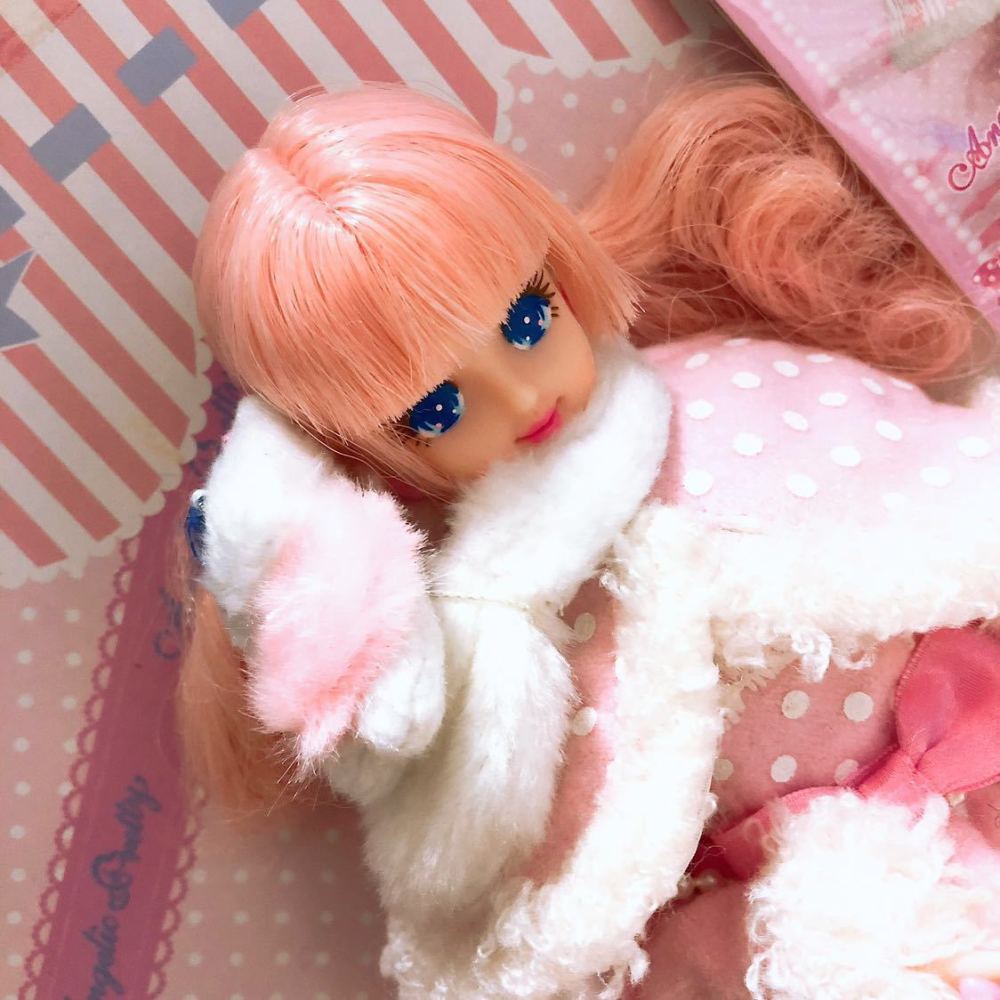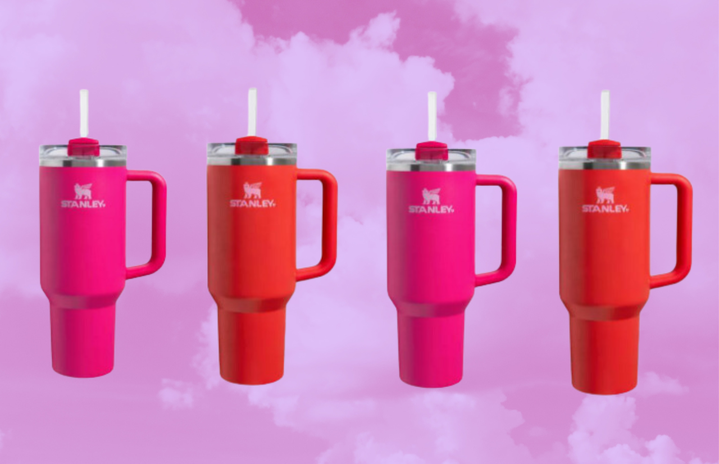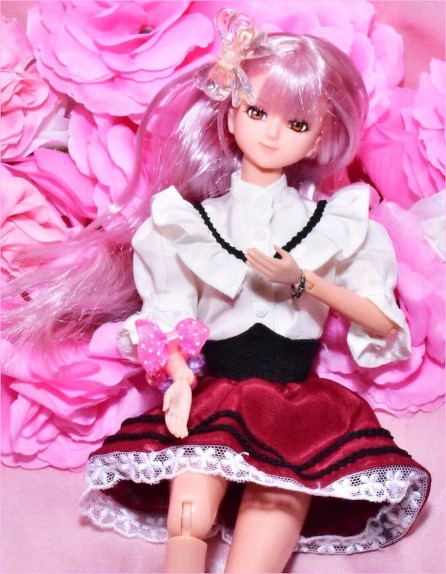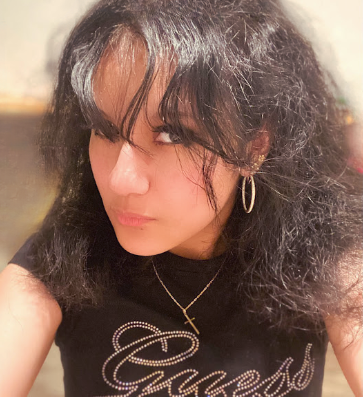Barbie was launched in America in 1959 by Ruth Handler. The original dolls were manufactured and assembled by skilled Japanese artisans. Barbie’s Doll Production is an early instance of globalization, where manufacturing took place in Japan and the finished products were shipped to the USA. Once these dolls arrived successfully in the United States, the finished toys were distributed among retailers. This process demonstrated a pioneering example of early globalization and subsequent cultural convergence. Unfortunately, Barbie’s exposition in Japan was incredibly shaky. Her Caucasian appearance and lifestyle clashed with the modest societal orthodoxies set in place. Nevertheless, Japanese customers accepted Barbie and produced adaptations that resulted in localized doll versions containing traditional oriental embellishments.

In the 1980s, the Takara Company collaborated with Mattel to develop a fashion doll tailored for the Japanese market. Takara Barbie was created, which was later rebranded as Jenny in 1986. The changes made to Takara Barbie’s appearance were in line with Japanese beauty standards, emphasizing cuteness and innocence. Takara Barbie was distinct from Barbie in that it was designed to appeal to tastes with a shorter height, large manga shōjo-styled eyes, and a closed mouth. This adaptation allowed Barbie to connect with the Japanese market on a deeper level and solidify her popularity in the country. Jenny, like Barbie, dresses in a variety of ways, such as kimonos, street wear, school uniforms, and other distinctively Japanese attire, like that of Bullet-Train Stewardess Jenny.
The distinctive features and attire are emphasized in 1980s commercials, catering to cultural and aesthetic preferences. These commercials would have likely showcased the dolls in various settings that reflected Japanese culture, such as traditional tea ceremonies or bustling city streets. Additionally, these commercials highlighted the dolls’ versatility to be customized with different hairstyles and accessories. The trendy dolls were portrayed as fashionable, appealing to a wide range of audiences. Takara Barbie showcases an astonishing variety of outfits, ranging from school uniforms and everyday Western-style clothes to stunning kimonos and cutting-edge fashion. Each collection, such as Candy Pop, Fur Dress Collection, Excelina Collection, and Dress Collection, demonstrated tremendous wardrobe assortments!
Kera! × Angelic Pretty × Jenny Doll by Angelic Pretty Headshot
The contract agreement between Mattel and Takara was terminated. As a result, the Japanese toy company Takara, now known as Takara Tomy, began producing fashion dolls. Even though advertising claimed that Jenny was a character played by Barbie, the doll’s popularity in Japan remained unaffected by the revised name. Barbie was so enamored with the Jenny role’s success in the theater production that she didn’t want to relinquish her new persona. Jenny is a 10 ½-inch doll that began production in 1982. Initially, the doll was marketed as Takara Barbie, but in 1986, it was renamed after Takara ended its licensing agreement with Mattel. While Jenny became a sentimental favorite in Japan, it remained less popular than Licca-chan, the leading fashion doll.
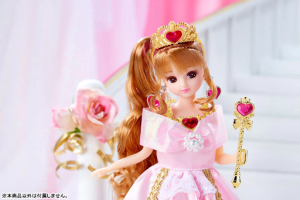
Mattel announced a strategic partnership with ITOCHU Corporation, one of Japan’s leading trading companies. This collaboration aims to launch a comprehensive licensing program for the iconic brand in Japan that will span multiple years. The program is expected to feature unique Barbie-themed products and experiences to diverse consumers. This is a significant development for the toy industry, as Barbie has remained a beloved and timeless toy for generations. Mattel’s Barbie trademark generated approximately $1,490,000,000 in gross sales in 2022. In 2023, Mattel reported a notable 9% increase in its third-quarter net sales, reporting a maximum of $1,920,000,000. This surge in sales is attributed to the releases and strong demand from consumers. Sales of dolls, a category in which Barbie prominently features, experienced a substantial surge, recording a remarkable 27% increase.
In Asia, fashion dolls are not merely toys. Instead, these dolls symbolize style and fashion. One cannot underestimate the integral importance of fashion dolls in Japanese culture. These dolls hold immense ceremonial significance and are treated with the utmost respect. The possibilities for compelling developments in the future are endless. As more diverse and inclusive dolls are introduced to the market, the potential for even greater sales growth and cultural impact becomes evident. It is fascinating to contemplate the future evolution of cultural exchange and globalization. Who knows? Maybe we’ll see more Jenny Dolls pop up!








